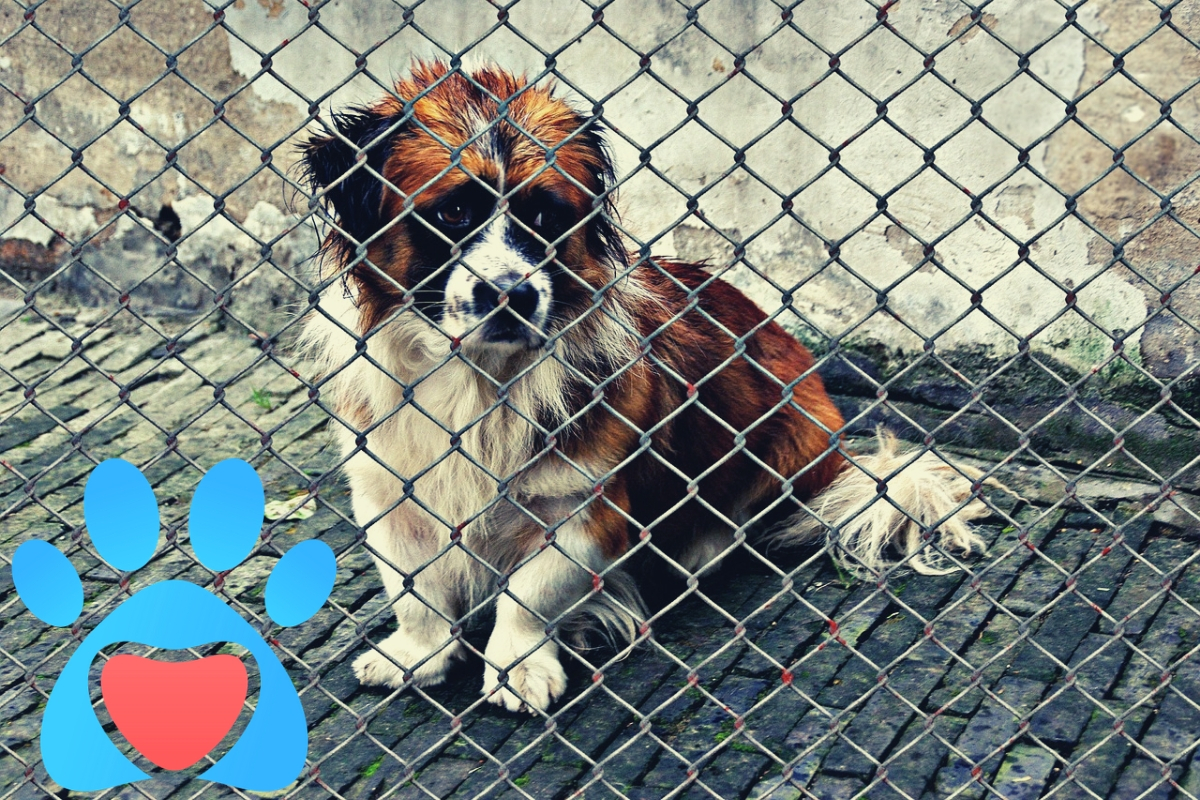Blockchain Charities Are Closing the Giving Gap by Creating Social Wealth: PAWS

Consumer watchdogs are reporting an alarming rise in animal charity fraud. Animal lovers are a key target of charity fraud. While most charitable donations go to human causes, four-legged creatures are favoured in will requests. More legacy giving targets animal than human welfare.
But animal charity frauds represent only a fraction of billions in illicit charitable donations collected each year. In the United Kingdom alone, £2.3 billion in charitable donations were fraudulently collected in 2017.
Show me the money!
Donors fatigued by charity frauds are demanding proof that their dollars are helping the causes they support. Yet even in the age of impact investing, charities are having a hard time proving their worth.
The social entrepreneur model is helping instil more financial accountability and controls. More givers expect a return on their investment and therefore more closely track the performance of the campaigns they donate to. The drivers of social and financial returns, however, are often different.
Crypto charitable giving on the blockchain is aligning social and financial giving goals.
Trackable crypto donations and incentives that align good intentions and investment objectives are helping charities and donors account for each dollar.
Here are some of the dApps hardwired to do more good.
Transparent Giving Chains
Most charity frauds are caused by a lack of appropriate controls finds a recent report by the UK Charity Commission.
The blockchain makes transactions transparent. If controls are lax, any inappropriate reporting will be evident to all parties to the contract. Transactions on the blockchain are also immutable. Making a change to the amount or deleting or revising a transaction in any way requires the consent of all parties to the smart contract.
If the Birmingham Dogs Home, for example, managed its donations on a blockchain dApp, its former chief sentenced to prison earlier this year would have been caught in his digital tracks long before he could have stolen over $1 million USD. The donations would have been permanently recorded on the Blockchain, as would any attempt to withdraw or transfer the funds. Changes to the transaction ledger are activated by a smart contract, and each smart contract action creates a permanent record on the ledger.
Any attempt to illicitly withdraw the money would be analogous to trying to steal a Tibetan Mastiff puppy from its cage while all parties who made donations to care for the world’s most expensive dog watched through the window. All parties can view and trust the shared record of events.
dApps like PAWS (Pet Animal Wildlife Society) are not only ensuring more value is created for animal charities by locking frauds out of their network but also taking advantage of the low-cost blockchain network to divert more value to charities. When donors use the PAWS dApp for their digital transactions, they can donate the transaction fees to the animal charitable cause of your choosing.
Transparent crypto giving is already part of our lives. AidPay widgets, for instance, are appearing in social media tweets and blogs and on websites. When you click on AidPay, you not only make a donation to the embedded cause but also partake in a virtual journey tracking your donation from the time it leaves your crypto wallet until it reaches its target cause.
The parent of AIDChain CharityStars was motivated to bring transparency to the charitable world to stop fraud inspired by its high profile campaigns. With hundreds of influential celebrities supporting over 500 of its campaigns—including auctions for signed sports merchandise from the likes of Ronaldo, Pelè or Federer—its donor base was particularly vulnerable to fake campaigns.
Trackable and Audible Donations
On the Blockchain, tracking and auditing charitable donations are about more than accounting and accountability. These tracking tools motivate more socially good acts by proving that the intended purpose of the donation has been met.
A smart contract can be programmed to communicate updates to donors at any stage in the campaign delivery process—when a food shipment reaches its final destination, when materials and tools are purchased to build a house, or when work on a new water filtration system starts. Donors could also receive a thank you video from the community receiving the food, a photo of the completed house, a copy of the water quality certificate. Through this chain of digital evidence, the financial and social goals of the giver are aligned.
The integration of Blockchain and Internet of things technology is helping to deliver these solutions. AID: Tech is attaching digital identities to aid donations to track their delivery to the intended recipient. The digital ID uses a QR code. The crypto charity innovator has received numerous rewards for its work.
To be effective, these dApps not only need to measure financial but also social and impact performance. On the Alice transparent giving platform where donors can track their donations and verify if they have met their goals, Alice also provides charities with impact performance tools to evaluate and report impact.
Donor Rewards & Incentives
The positive intentions behind social impact can magnify the network effect. dApps, designed around shared revenue models, are perfectly suited to promote social good.
ImpakCoin (MPK) is designed to create value for holders who support the impak economy. The coin is onboarding tens of thousands of businesses that make a positive sustainable impact on the economy. Network participants start earning Impak coin when they download the Impak mobile app, invite contacts to join, or buy products and services from impak businesses.
Token holders are inspired to contribute to the network in various ways. With the Impak Coin, new coin supply is created when wealth is created in the impak economy by shopping with Impak merchants. Similarly, the PAWS token can be spent on pet food, gear and medical merchandise. On Alice, if the charity does not meet its present goals, the donor does not pay. One way Alice assesses goal achievement is with the AidPay widget, which is used by Alice Children.
Token holders can also earn rewards on crypto charity networks by mining coins and staking master nodes, which process transactions and also support higher system functions such as governance. On the PAWS network, members can set up their own masternodes to verify transactions and earn rewards in PAWS tokens. Buying a full masternode can be expensive. PAWS makes it affordable by providing shared masternodes. A full PAWS masternode costs 1000 PAWS coins or 0.50000 BTC.
The level of incentives varies across dApps. The Clean Water Coin donates 0.1 percent of the coins mined to the project. The rest goes to the miners. The animal lovers who run PAWS mining and master nodes are further incentivized by intrinsic motivation—their love for animals—to support the network. When block 10,001 is reached, 10 percent of the PAWS coins are contributed to the Charity Fund to support animal causes.
By motivating both financial and social wealth creation, transparent and trackable giving on the blockchain is bringing trust back to the charity sector.
